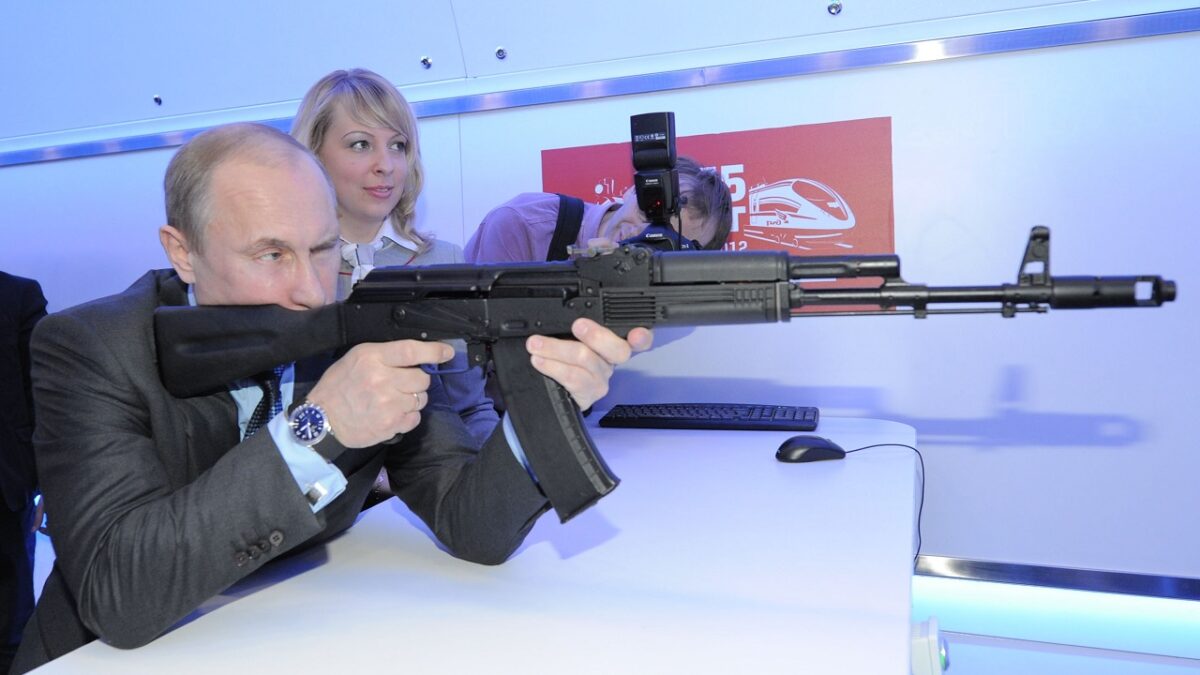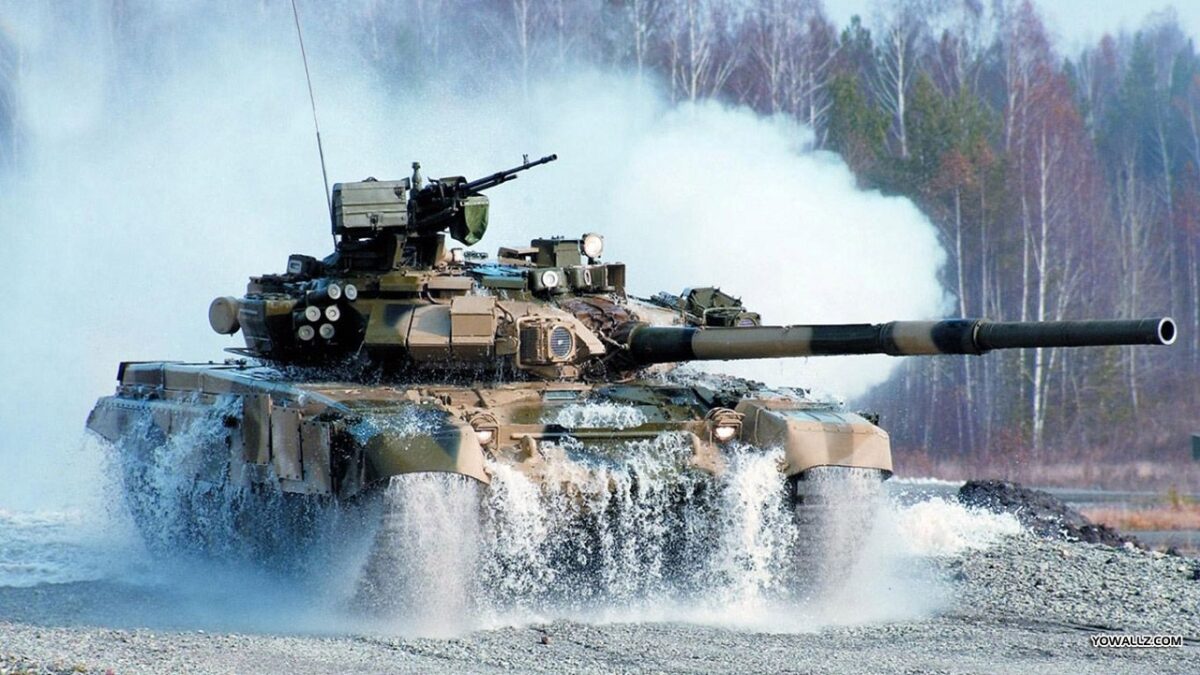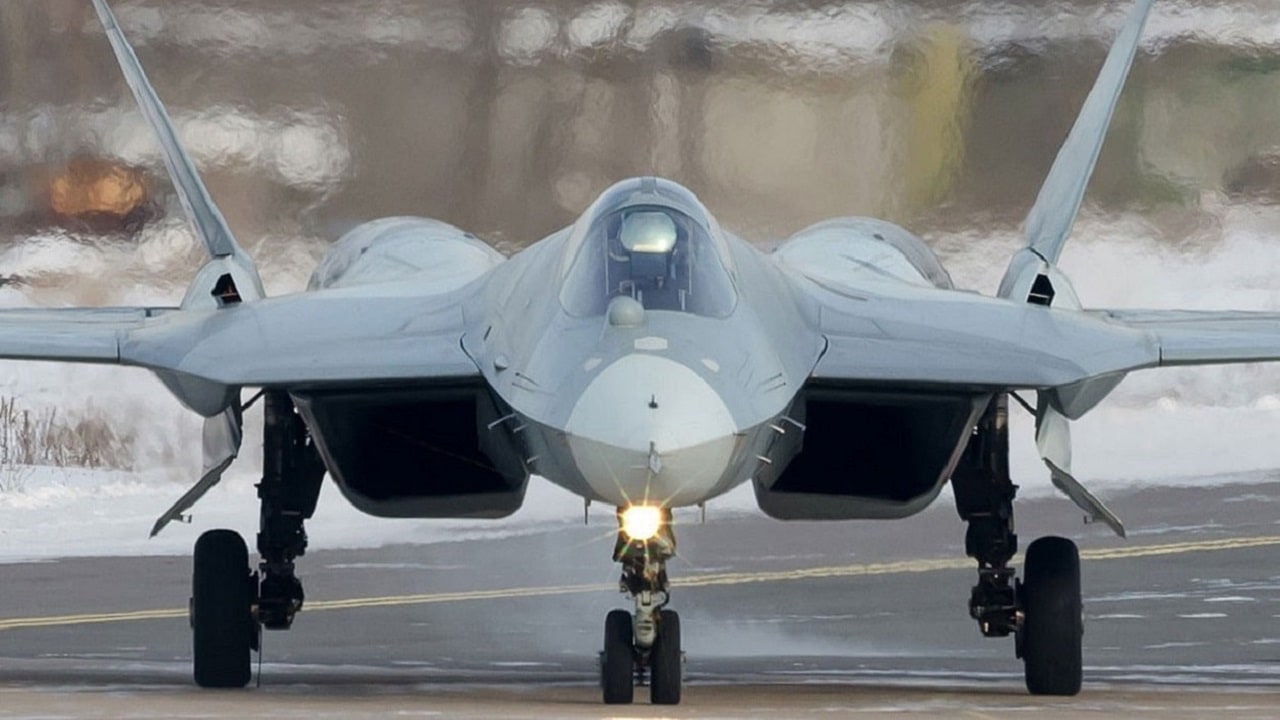Recent news reports have indicated that Russian troops may acquire Iranian-produced missiles in the near future for use in Ukriane. Moscow’s procurement of Iran’s lethal combat drones starting in the summer makes this prospect more probable. While a larger stockpile of short-range and long-range missiles would serve Russia’s swarm tactics well, without the incorporation of additional weapons and military equipment Moscow will continue to struggle in its offensive war efforts. Below are five weapons that Russia could use to greatly bolster its trajectory in Ukraine.
Precision Guided Munitions:
Due to the inability to gain air superiority in Ukraine, Russian Forces have resorted to firing standoff munitions from aircraft loitering in Russian or Belarusian airspace rather than flying close air support missions in the country. While this strategy has allowed Russian troops to engage targets without putting their own aircraft at risk of Ukrainian air defense systems, these missiles contain many sophisticated guidance parts that are becoming more difficult to manufacture in Russia due to Western sanctions. Coupled with the Kremlin expending many of these weapons in Syria, the Russian military may be sorely wishing for more PGMs as the war progresses.
More advanced rifles:
Despite all the advances in warfighting technology, from tanks to planes to missiles, ultimately wars are won with boots on the ground. The basic weapon of an infantryman is a rifle. Russia issues the AK-74 as its standard service rifle, however, recent images and analysis show that the conscripts recently mobilized to bolster the flagging Russian effort may have been issued with AKMs, an older model of their current rifle.

Then President-elect Vladimir Putin aiming with an AK-74 rifle simulator at an electronic shooting gallery during his visit to the Russian Railways Scientific and Technical Development Center in Moscow’s Rizhsky railway station.
This is significant because the AKM uses 7.62 ammunition as opposed to the 5.45 used in modern variants. Russian logistics, already stretched, will now have to deliver two types of small arms ammunition to the front. Given the challenges already facing resupply, having the same rifle for all of their infantry would be a relief.
T-90 Main Battle Tank:
Since the start of the war, the Russian Army has lost a staggering number of tanks, with some estimates placing their losses at over 2,000. While analysts are poring over the details of the losses and how they may affect tank tactics going forward, it’s clear these losses are coming at an unsustainable rate. Given Russian doctrinal reliance on tanks to prosecute offensives and their difficulties in replacing losses due to Western sanctions, Russia’s senior leadership clearly needs more tanks.

T-90 Tank. Image Credit: Creative Commons.

Russian T-90 Tank. Image Credit: Creative Commons.
The T-90 tank has a firing range of five kilometers, sports an autoloader-serviced 2A46M main gun, and can reach speeds of roughly 60 kilometers per hour. As Moscow’s premier MBT, an influx of T-90s would revitalize its Armored Corps. While the T-90 is Ukriane now with a mixed track record, Putin would surely take as many as he could get his hands on.
A larger fleet of working Su-57 fighters:
Despite touting their effectiveness, the Russian Air Force (RuAF) only has a handful of their Su-57 fifth-generation stealth fighters. Perhaps due to this scarcity, they seem to have been barely employed in the skies over Ukraine – if at all.

Russia’s Su-57 Stealth Fighter. Image Credit: Creative Commons.
The twin-engine, multi-role stealth fighter is intended to perform a range of versatile missions- including air superiority and ground and maritime strikes. However, the fighter’s production and development trajectories have severely struggled and only a handful of the projected 60 airframes have ever entered service. Given the jet’s supposed effectiveness, and Russia’s inability to gain air superiority with all its attendant advantages, bolstering the RuAF with several squadrons of Su-57s would have a major impact on the conflict.
Ural 4320:
While some models of the Ural 4320 can support the BM-21 rocket launcher, its main purpose is in moving men and military equipment across great distances in rough terrain- it is a supply truck. Since the outset of the war, the Russian military has struggled with logistical challenges. From a traffic jam outside Kyiv which made it difficult to resupply troops, to the Ukrainian attacks on supply depots, and finally the fall of the major rail hubat Izium, Russia could use more trucks to resupply its beleaguered frontline forces.
In theory, all five weapons of war listed above could support Russia’s war efforts in Ukraine. However, this aid is unlikely to appear anytime soon due to Western sanctions. Additionally, limited manufacturing and low-quality imports will continue to undermine the Kremlin’s invasion.
Maya Carlin is a Middle East Defense Editor with 19FortyFive. She is also an analyst with the Center for Security Policy and a former Anna Sobol Levy Fellow at IDC Herzliya in Israel. She has by-lines in many publications, including The National Interest, Jerusalem Post, and Times of Israel.

